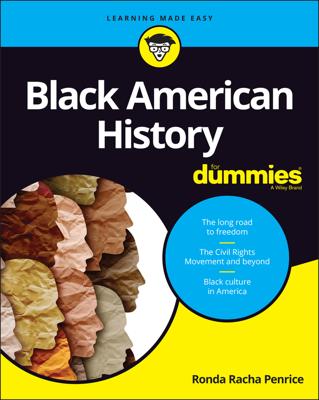Born in Atlanta, Georgia, on January 15, 1929, Martin Luther King Jr. originally planned to be a scholar and a minister. King attended Morehouse College and excelled at Crozer Theological Seminary in Chester, Pennsylvania, before pursuing graduate studies at Boston University. It wasn’t until he accepted the position of pastor at Montgomery, Alabama’s Dexter Avenue Baptist Church that King began his journey to become a civil rights icon for the world.
Martin Luther King Jr. infused the civil rights movement with a greater moral and philosophical purpose. By insisting that God’s law and love truly did conquer all and through his advocacy of nonviolent direct action, the process of challenging societal wrongs via protest marches, boycotts, and sit-ins, among other strategies, without the use of violence, he was able to bring an initially reluctant America closer to the dream of true equality for all races.
Martin Luther King Jr. adopting the philosophy of nonviolence
Sparked by a 1950 lecture about the philosophy of the great Indian activist Mahatma (Mohandas) Gandhi, King began seriously studying Gandhi while a student at Crozer Theological Seminary. He was particularly intrigued by the concept of satyagraha. Satya means “truth,” which also equals love; agraha means “force.” Therefore, a direct translation means truth-force or love-force.
King found that Gandhi’s teachings jelled with his own Christian beliefs (specifically the biblical philosophy to “turn the other cheek” and “love your enemies”), as well as his intolerance for racial injustice. He melded these ideas with the concept of nonviolent resistance, which he encountered during his first year at Morehouse while reading Henry David Thoreau’s Essay on Civil Disobedience. King became convinced that a philosophy based on love could succeed as a “powerful and effective social force on a large scale” and adopted the philosophy of nonviolent direct action.
Even when confronted with violence, practitioners figuratively and sometimes literally turn the other cheek and love, instead of hate, those who wrong them. The Montgomery Bus Boycott became King’s first opportunity to use nonviolent direct action.
As the civil rights movement progressed, King’s ideology matured. Although Gandhi’s principles provided the foundation for the Congress of Racial Equality (CORE), an active civil rights organization founded in 1942, Martin Luther King Jr., developed the link between Gandhi and the civil rights movement further.
In subsequent writings and speeches, King not only defined the relationship between Gandhi and nonviolent direct action, but he also explained why Christian leaders and all members of society had a moral obligation to rise above the limitations of man-made laws steeped in hatred.
Martin Luther King Jr. founding the Southern Christian Leadership Conference (SCLC)
Buoyed by his success in Montgomery, Martin Luther King Jr. and others founded the Southern Christian Leadership Conference (SCLC), an organization of ministers and others dedicated to duplicating the changes of Montgomery throughout the South. The SCLC:
Adopted nonviolent mass action as its chief strategy
Made a commitment to affiliate with local community organizations across the South to widen the reach for social change
Vowed to be open to all regardless of race, religion, or background
In 1957, King invited Southern preachers to the Negro Leaders Conference on Nonviolent Integration. Sixty respondents representing ten states met at Ebenezer Baptist Church, King’s home church in Atlanta, and formed the SCLC.
The Prayer Pilgrimage for Freedom — held in Washington D.C. on May 17, 1957 to commemorate the third anniversary of the Brown decision —attracted 20,000 attendees, became the SCLC’s first public act. In August of that same year, the organization convened its very first convention in Montgomery. Today, the SCLC is a national organization still based in Atlanta.

